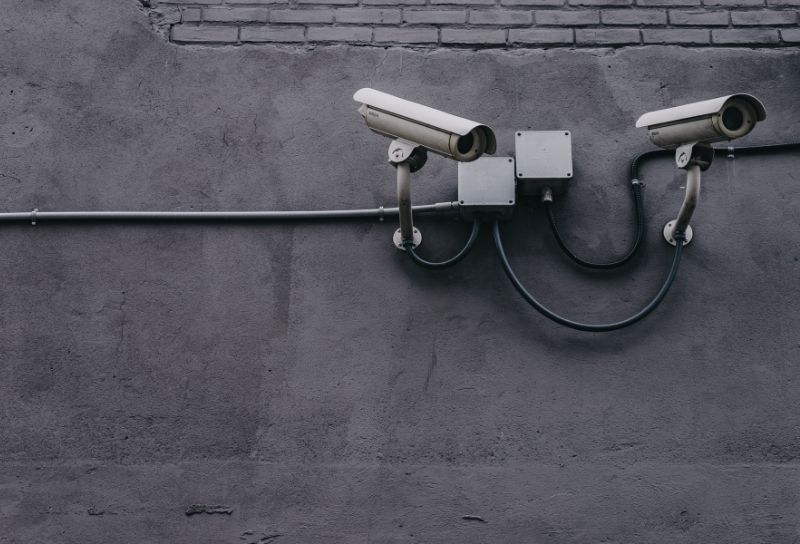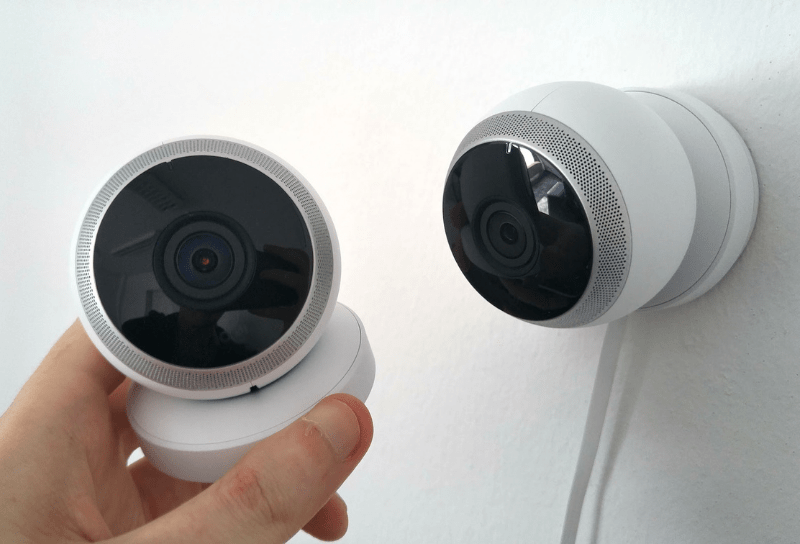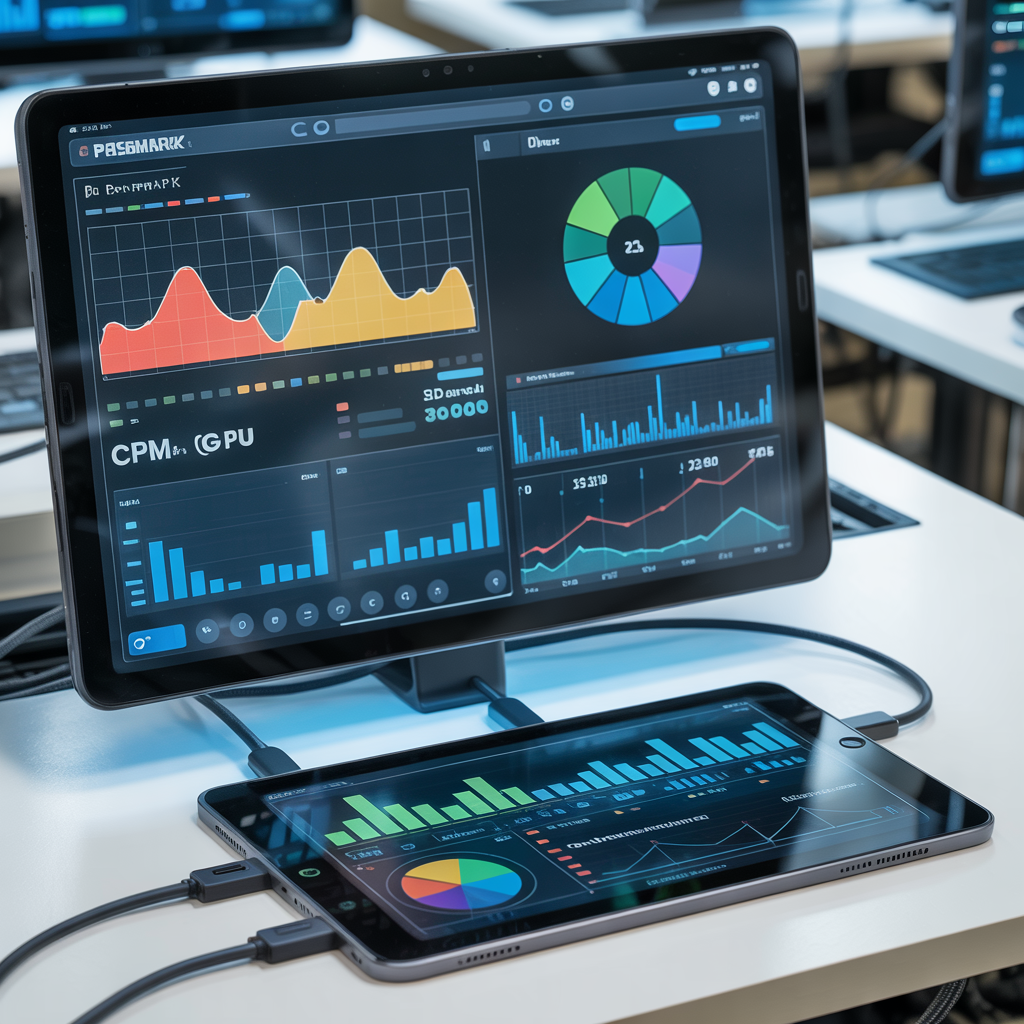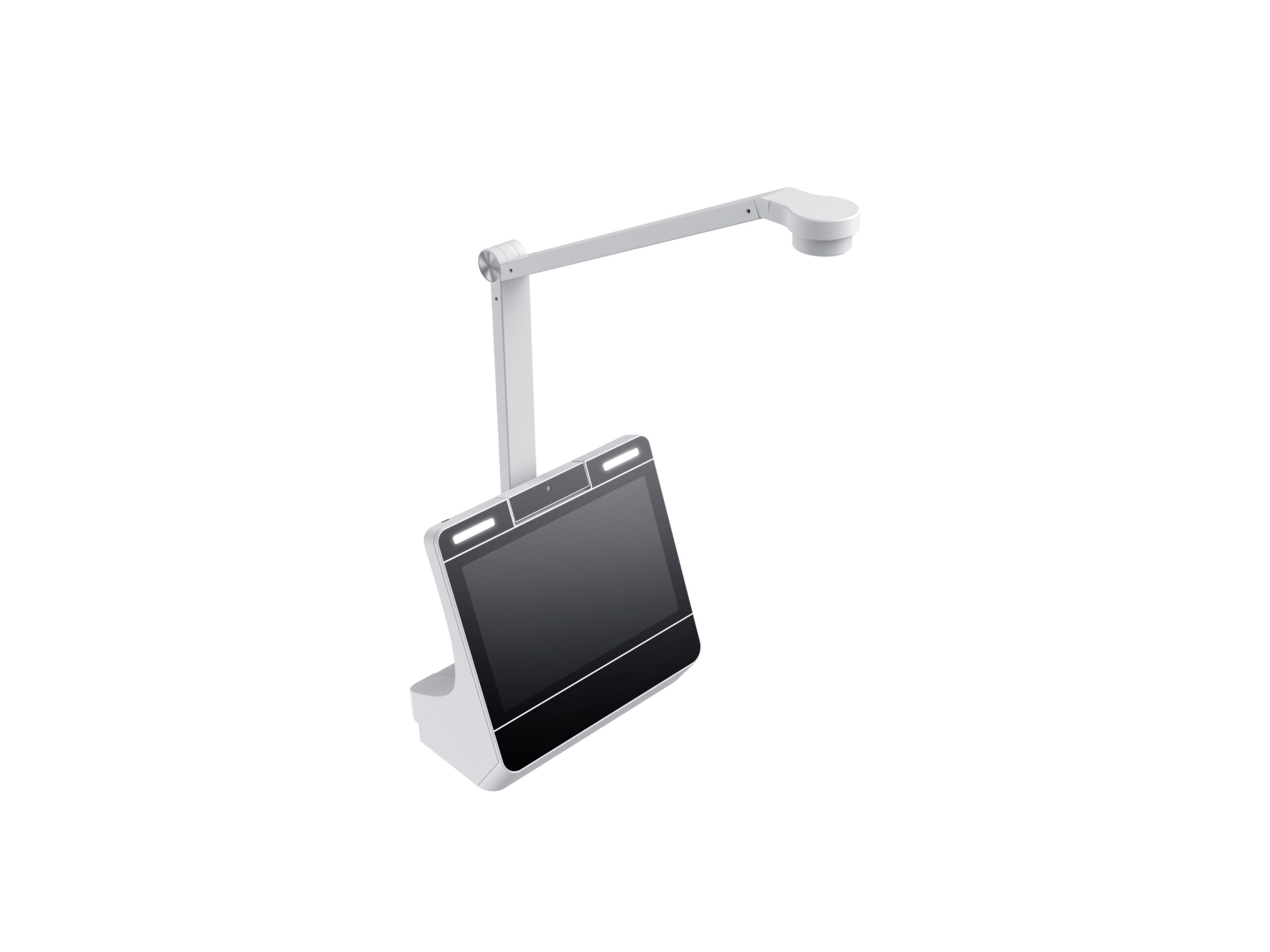
Gadget Cannibalism
Smartphones running Android and iOS have combined many digital products into one pocket sized package. Traditional watches, when not worn for fashion or social status, have become less necessary thanks to the smartphone. Calculators, house phones, bedside clocks, MP3 players, simple digital cameras, and countless other gadgets have been eaten up by the mighty all-in-one smartphone.
A trickle of these products will continue to sell. The surviving products come from niche markets, like designer watches or a waterproof MP3 player. Also a low volume of mainstream product sales go to people who don’t want to use a smartphone for that specific purpose. For example an accountant who prefers the feel of a traditional calculator. As a company that sold a lot of MP3 players, Hatch knows the impact the smartphone had on sales of single purpose gadgets.
Beyond putting many mainstream products on the brink of extinction, Android has gotten so small, dynamic, and reliable that brands have started using it in niche products also. This article will review how Custom Android hardware is accelerating the creation of new single purpose products.
Benefits of an Android Body Camera or Security Camera
Custom Android hardware has brought down the costs for making the mobile webcam. Before webcams were attached to a desktop or peering at you from a laptop screen. Using an Android mobile phone platform, and nothing else, a camera can instantly stream video from and to anywhere in the world with a mobile or wifi internet connection.

One use case of an internet connection, besides sending video, is the remote software update that companies can use to update the hardware. This is called an OTA, or Over The Air, update, which is common on all Android and iOS platforms. Updating the software ensures bugs are dealt with quickly and can create new revenue streams for the brand by offering more services to the users. Such as when an app expands its service offering and pushes out an update.
Body cameras, commonly worn by police officers, started gaining in popularity towards the end of the ‘00s as camera technology became smaller and less power hungry. Early cameras saved video to internal flash or a memory card. The use case sold itself: easy to capture video evidence in highly contentious and often dangerous situations.
Wall mounted security cameras usually use wire connections for electricity and data transmission. They don’t run off of batteries. Older ones used wires to connect to a central machine that received the streams from (usually) multiple cameras. The central machine records the videos of each camera.
In both of these use cases the cameras provide urgent safety information. Building these products on a Custom Android platform improves the reliability and usability. The ability to review video from these sources in real time can save lives or prevent harmful events from happening. Integrating a battery in a wall mounted security camera means that if power goes down or wires are cut the video keeps rolling.
Besides obvious benefits of connected, low power functionality, the Android platform comes with many native features that add value to the products. For example adding GPS to a body camera provides the exact location to a control center. Light or sound sensors help a wall mounted security camera with power saving, only turning on when the device senses light or sound.
Examples of Android Body and Security Cameras
Security cameras, like the one shown above, have been extremely popular for decades in businesses, public places, residential areas, and countless other locations. The systems used to rely on lots of wires to stay connected. Custom Android hardware has reduced the need for wires, reduced cost, and, with the support of battery power, can run even during power outages.
Police worn body cameras, like the one shown above, have revolutionized policing. The video evidence they create has been used to vindicate or vilify police officers and civilians who may otherwise have been misjudged. Early versions used on-board memory to store media. Improvised Android hardware architecture enhanced these products with real time streaming, communication, and location tracking.
More to come!
As Android hardware continues to become more powerful, efficient, and present in our everyday lives it will continue to expand into and create new niche products. Building on our experience of creating custom Android hardware, Hatch looks forward to undertaking your bespoke project!


